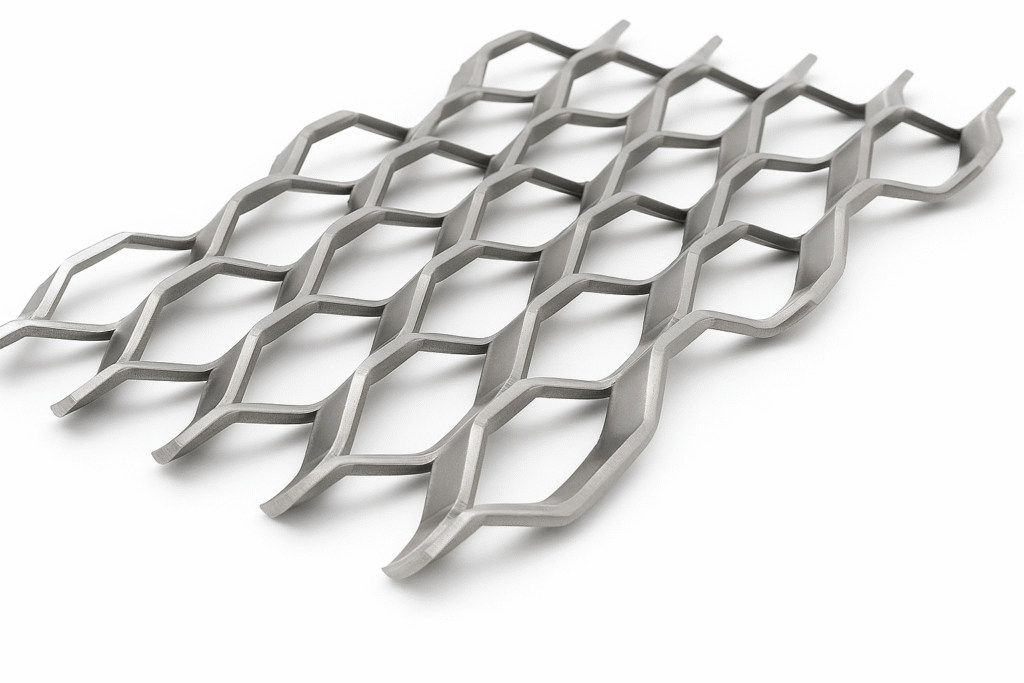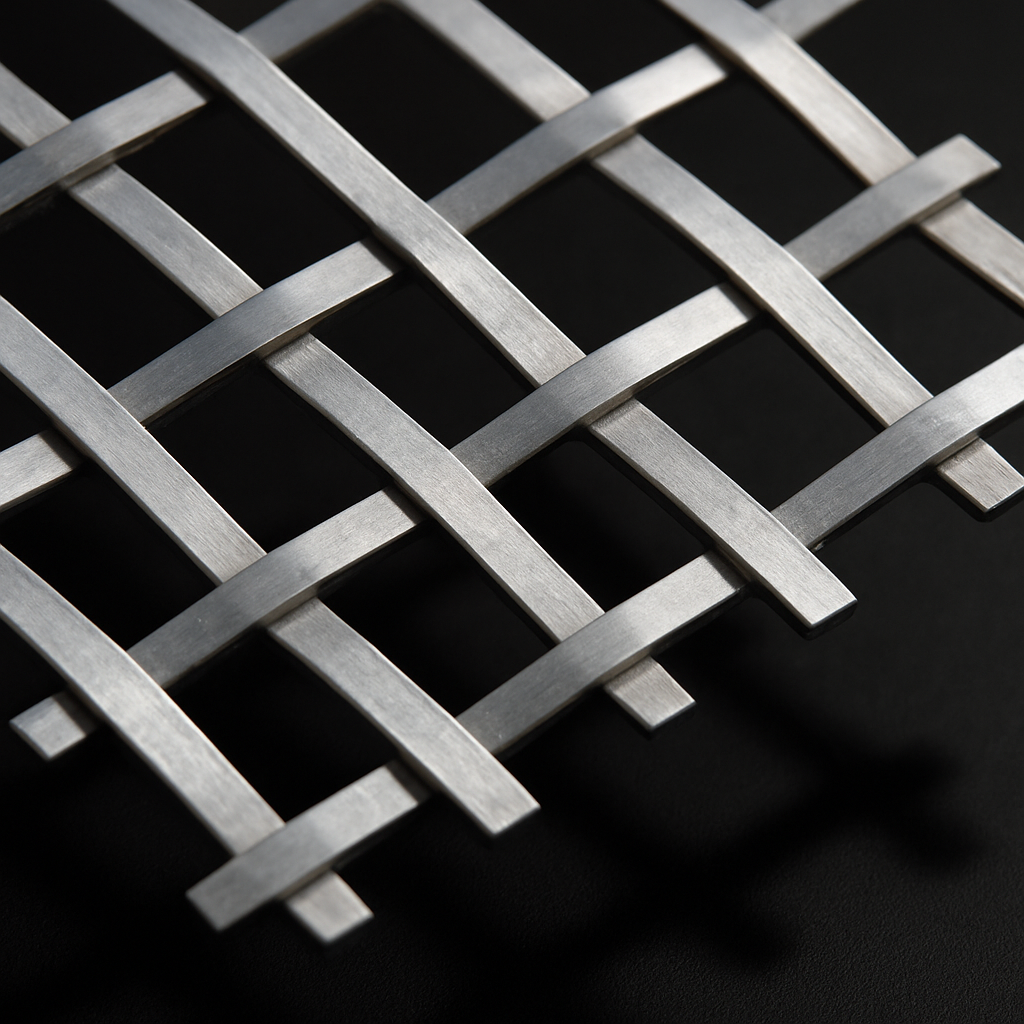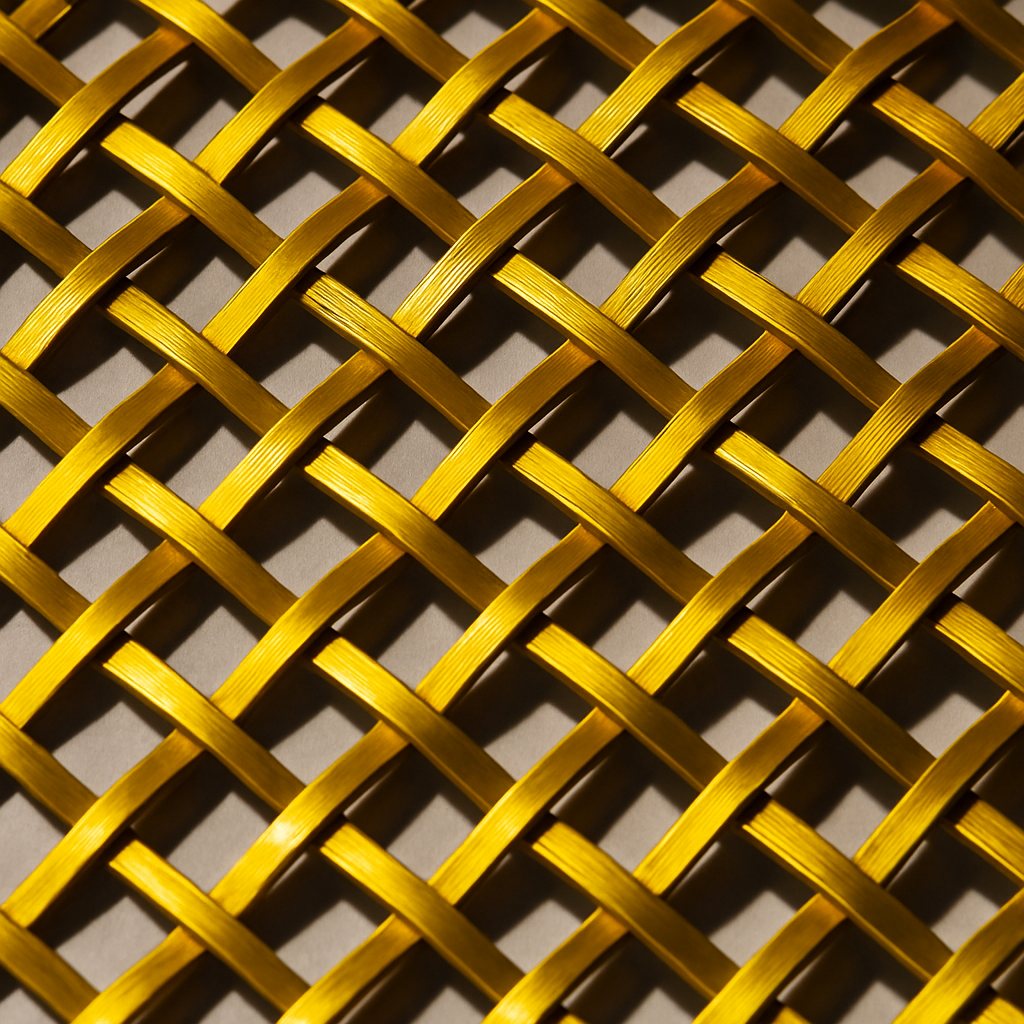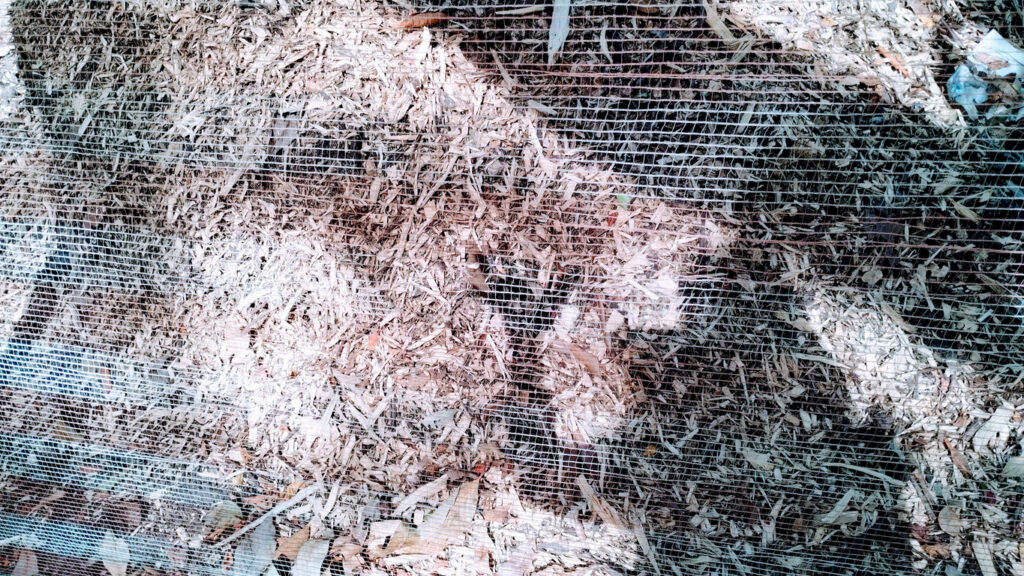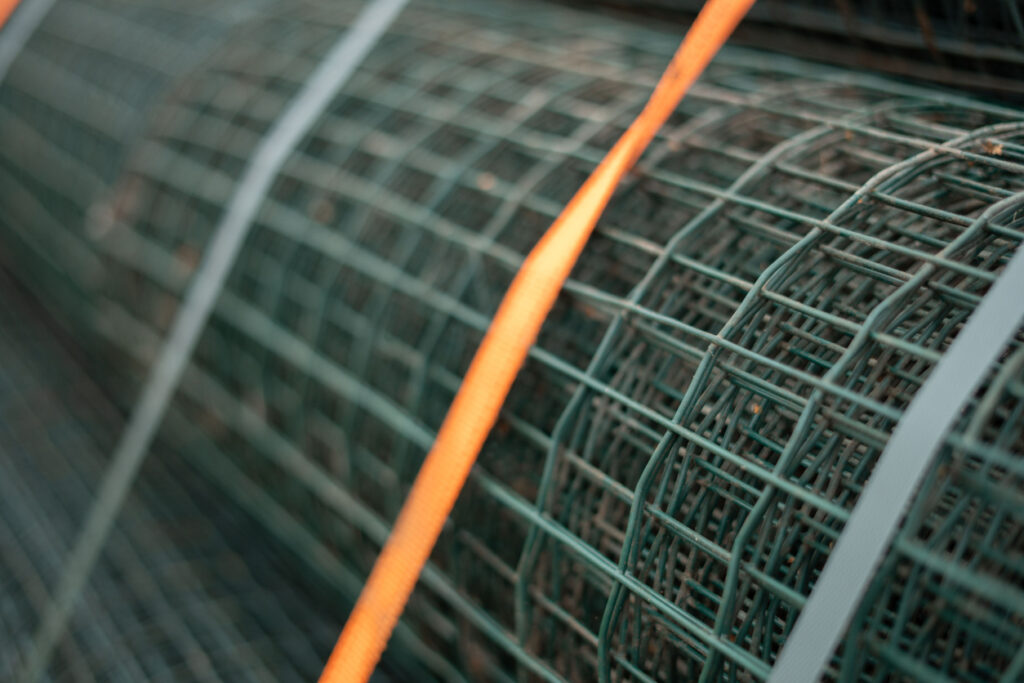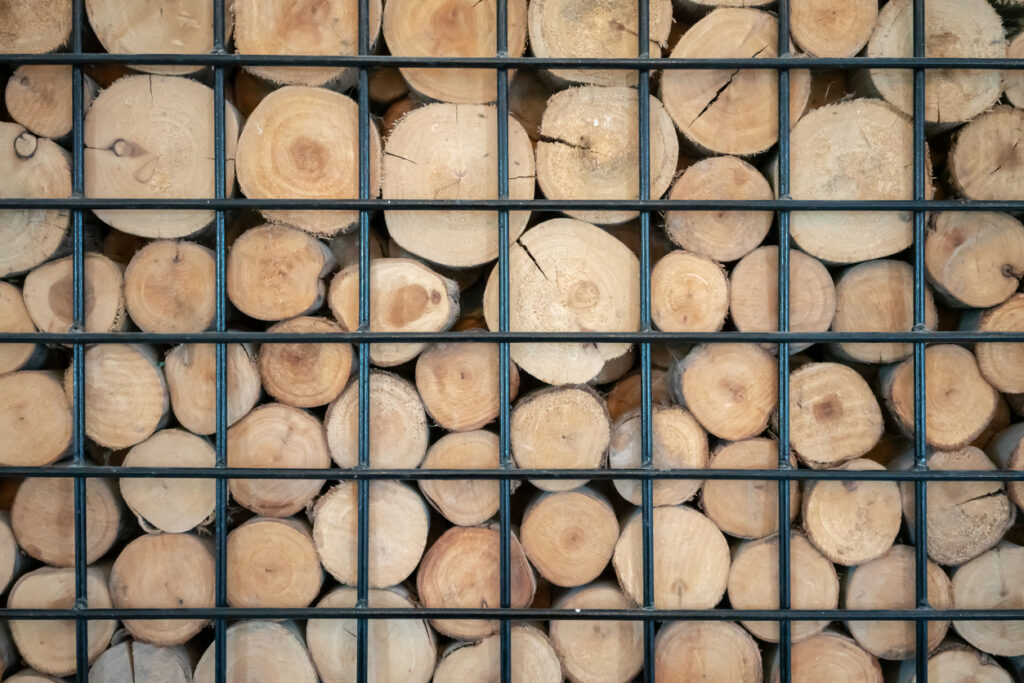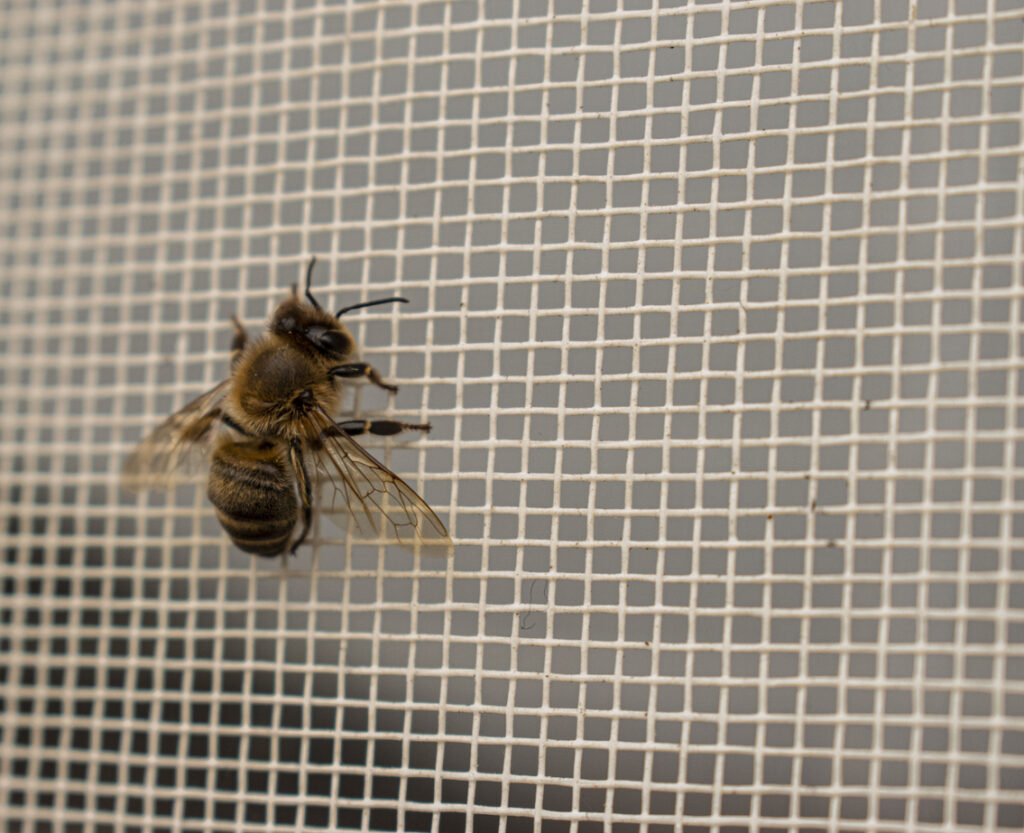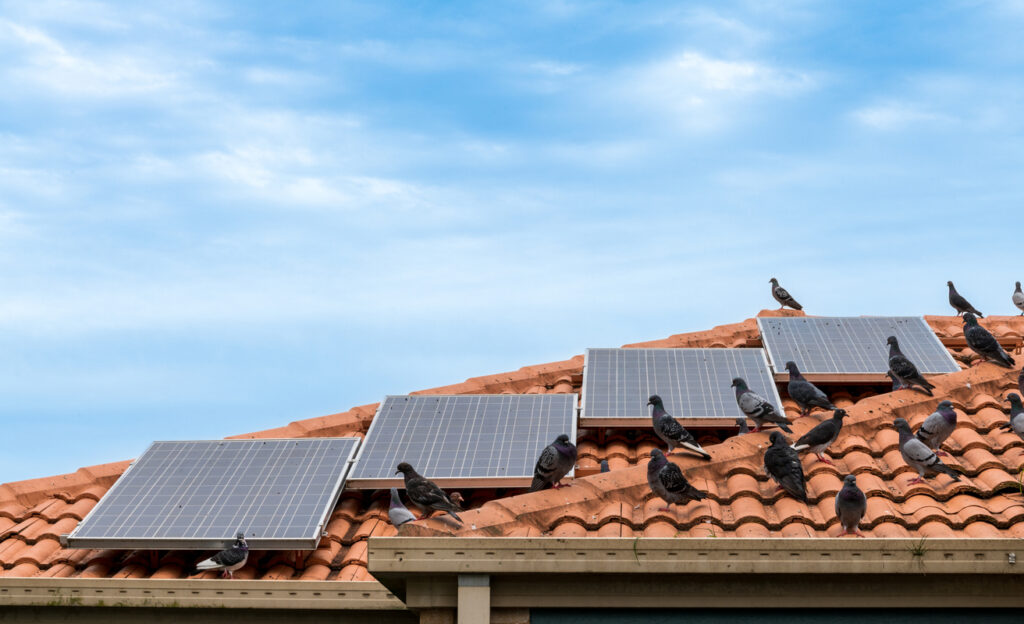








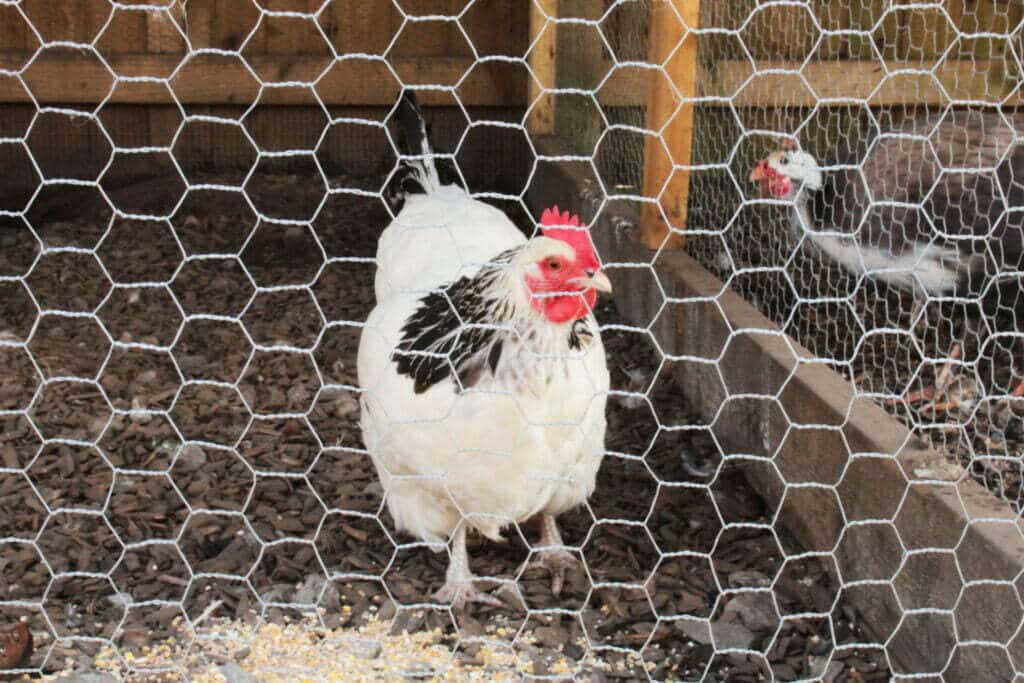
Chicken wire is a type of mesh fencing with a hexagon shaped wire structure. Typically there are two types of chicken wire, galvanised steel and green PVC coated chicken mesh fencing.
This mesh is perfect for a number of applications, not just chicken coops, because it’s lightweight and can mould into the shape you desire.
There are two types of this chicken mesh, the most commonly used is the hot dipped galvanised steel chicken wire which has a silver finish. The other available version is galvanised steel with a green PVC coating. They are both great for using to build with.
The galvanised chicken wire netting is essentially mild steel that’s been hot dipped in a galvanised coating which gives it long-lasting protection from harsh weather and corrosion. The green PVC chicken mesh is the same galvanised steel with a coating of PVC. This stands for polyvinyl chloride. This is a plastic resin coated around the wire giving it an extra layer of protection from the sharp edges and corrosion.

Chicken wire fencing isn’t just great for using to build coops. There are many ways you can use chicken mesh, because it has great structure it’s useful in a variety of applications such as:
Ideally, you should provide both a chicken coop and a chicken run to ensure your chickens have a place to sleep and lay eggs comfortably whilst being able to run around, forage and bathe happily.
This all seems like a daunting project to start from scratch, especially for those who have never built one before, however we are here to make it as easy as possible for you.
Typically, a chicken mesh coop is constructed by using galvanised steel or PVC-coated chicken wire which has been shaped to have hexagonal holes.
PVC-coated chicken wire is essentially just galvanised steel chicken wire with a green plastic coating. This is often beneficial as it blends into your garden environment better and it’s also less harmful to chickens as the coating allows protection against sharp edges.
These are the best kind of meshes to use as it has a strong structure to keep out predators such as foxes therefore giving them the ultimate protection whilst allowing great ventilation as well as a view over the garden.
The hexagon structure wire netting comes in a few different hole sizes such as 13mm, 25mm, 31mm and 50mm in both galvanised steel and PVC-coated chicken wire fencing.

As well as using hexagon chicken wire, you could also use galvanised welded wire mesh. This has a good, strong linear structure for good protection and electric fencing which then acts as a second layer of safety for your chickens. This comes in a 1 inch square hole, a 1 inch x 1/2 inch square hole and ½ inch square hole however it does not come in a PVC-coated option.
Welded mesh is a more heavy weight mesh where instead of the wire being woven in a hexagon structure, it’s made by welding the wires together in vertical and horizontal directions.
Welded Mesh is known to be stronger than chicken wire therefore it’s great for using for preventing larger and stronger animals from passing through gaps. Some uses of welded mesh are:
As the wire has been welded together unlike chicken wire, this makes the mesh stronger and less flimsy than the hexagonal wire. This means that welded wire would be a safer mesh fencing however it tends to be more expensive than chicken wire and it’s much harder to cut. To cut this mesh, it’s best to use tin snips therefore don’t use standard scissors.
Chicken wire is more flexible than welded wire. This is due to the wire not being as robust as welded wire and because it’s been woven in a hexagon structure. On the other hand, welded wire uses a thicker wire. The structure is also more durable due to the fact that it’s been welded. However this means that it’s harder to bend as it’s less flexible and more difficult to work with.

• Spade – for digging the area for your chicken coop and chicken run to put wood chips in
• Spirit level – for making sure your frame is straight
• Ruler and pen – for marking points to saw the wooden panels
• Drill and/or screwdriver – for screwing the wood panels together
• Hammer – for adding nails into wooden panels
• Pliers – for removing nails
• Staple gun – for attaching the chicken wire fencing to the wooden panels
Not all of these building tools are required depending on what you want to use. This is just a guide on what is suitable for building a chicken coop and chicken run.
Based on the size of your chicken coop determines how many chickens you could keep inside. It is recommended to have 4 square feet for each chicken in the coop and 10 square feet for each chicken in the run. For example, a 4ft x 8ft chicken coop would allow up 10 chickens.
As always, thank you for checking out our blog. We hope that this helps you with your project. We try to launch a couple of new guides every week. Eventually we will have covered everything there is to cover about mesh.
Our goal for our blogs and help guides is to answer as many questions as possible to help to explain the possibilities of mesh to our customers.

